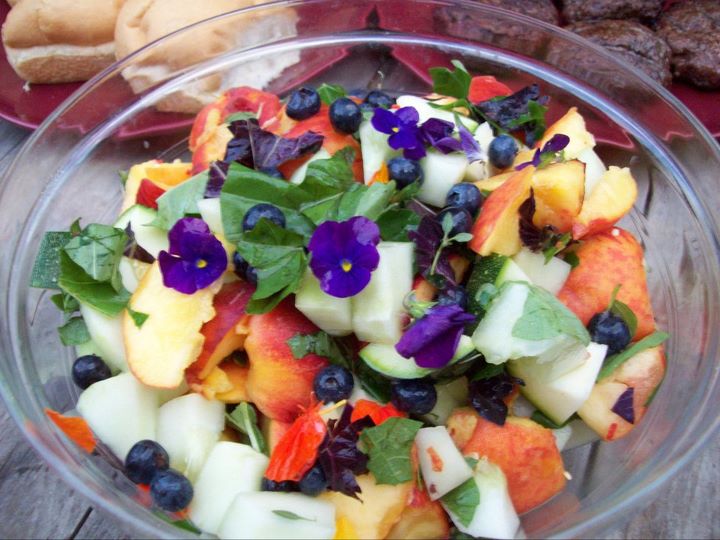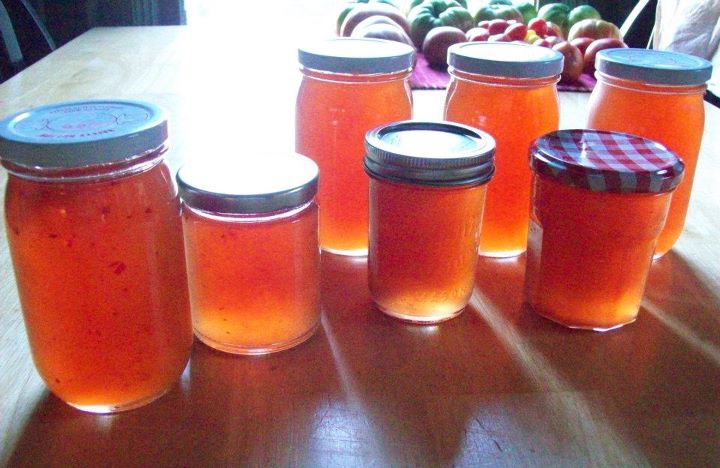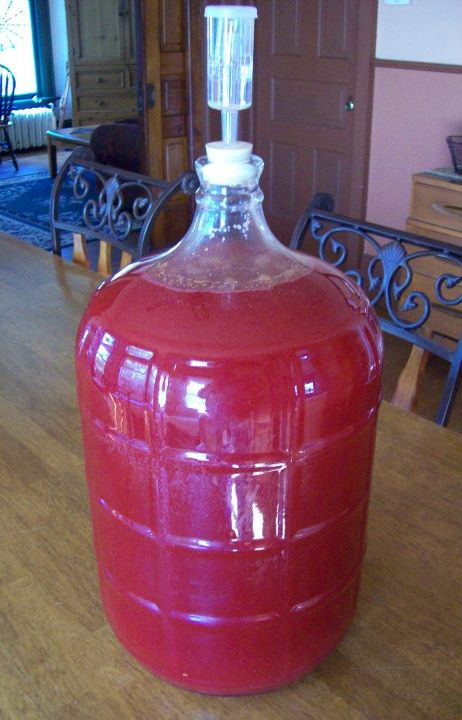No more spilling the beans
 Wednesday, November 3, 2010 at 7:43PM
Wednesday, November 3, 2010 at 7:43PM I will no longer be writing my Spill the Beans column for the local paper. Today was my final column for the HTR (temporary link). Here below is the original draft (they did edit out a few sentences, ostensibly for reasons of space, in the published version). I appreciate everyone reading the column every other week and all of the very kind compliments, via email and in person, that followed each article. I'll continue to write similar articles here on the blogsite and possibly elsewhere if the opportunity presents itself.
Good to the Last Drop
This will be my final "Spill the Beans" column for the Herald Times Reporter. The last couple of years of sharing my opinions and knowledge of coffee and the specialty coffee industry have been great fun, and the response from readers following each column has been very gratifying. I'd like to thank HTR Editor Steve Reed for accepting my proposal to create this column, and Ben Wideman for being a professional and thoughtful editor as well.
Since our coffee house opened four years ago the number of coffee shops in this lakeshore area has more than doubled. That's a good thing. They all have something positive to offer and they all provide that socially necessary "third place" for people to congregate and socialize.
That being said, my next comment may come as a bit of a surprise.
I long for the day when we can confidently say that we have a real, honest-to-goodness "coffee culture" here in the Manty/TR area, one where the preponderance of coffee shops are staffed with passionate and knowledgeable baristas (baristas in the "skilled craftsman" sense of the word) and where receiving an excellent espresso or cappuccino, in their traditional form and manner as well as in quality, is de rigueur.
At this point all of the coffee shops in our area, including the one I operate, fall in line with the commonly perceived model of the American coffee shop. That is, they serve a variety of brewed coffees via insulated air pots while also offering espresso and milk-based drinks with any number of flavored syrups, and in sizes that are often, in my opinion, too large. All of us are less coffee-centric, if you will, than some of the more "serious" specialty coffee shops that are at the forefront of the industry.
Don't misunderstand. I love the variety of coffee shops we have here and I've always been a vocal supporter and promoter of my fellow coffee businesses. I do, however, think we can all do much better and could, collectively, create a legitimate local coffee culture that garners respect and attention from a much wider audience, if we become more coffee-centric in a few key areas. We certainly have a great start in the number of shops and quality of people running them.
As I don't have the space here to go into a long list of "things we need to do" to accomplish that, here's a short list of only three visual "markers" that I notice in a coffee shop that give me either a positive immediate impression or make me a little wary, before I even take a drink:
Drinkware - Do they serve the various drinks in ceramic or take-out cups appropriate for the drink, or will I get, for example, my double espresso in a 16 ounce cappuccino bowl or, worse yet, a large paper take-out cup? I also feel better if I don't see drink sizes on the menu that are larger than 20 ounces. I do believe a 20-ounce coffee drink is too large, but I also understand that balancing the ideal with customer desires is very important. But good drinks are generally smaller in size, and emphasize taste and balance over quantity.
Syrups - One can debate whether or not flavored syrups should be a part a serious coffee house, but the practical fact is that there is really no way around them if one expects to serve any significant number of customers. That being said, what kind of syrups does a place use: cheap, high-fructose syrups that can be purchased at most big-box grocery stores, or high quality syrups that use natural ingredients and cane sugar?
Grinders - Are the coffee grinders filled to the top and do the coffee beans and insides of the grinders look oily? That's not a good sign. It likely indicates stale coffee. Even worse, do they just dose coffee for your drink without grinding to order? Unless you're in a line of people waiting to place your order every drink should be ground to order.
Thanks for reading.










